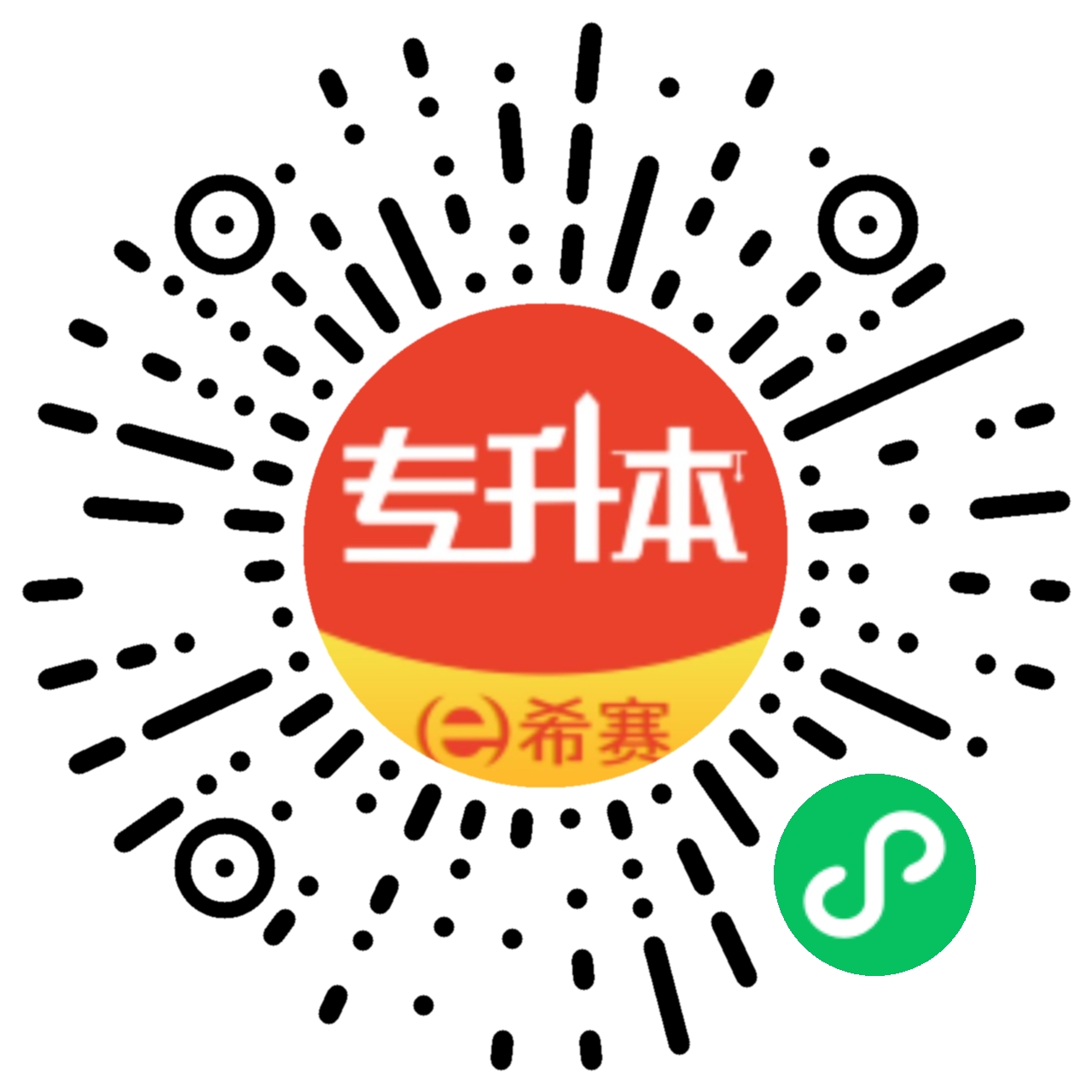2019年浙江专升本英语考试真题1
摘要:本文是2019年浙江专升本真题英语考试试卷,准备参加浙江专升本考试的考生可以进行参考,了解相关的试卷信息。具体请见下文。
2019年浙江专升本英语考试真题1
Part I Reading Comprehension (60 marks, 60 minutes)
Section A Passage Reading (每小题 2 分,共 50 分)
Format I
Directions: There are 4 passages in this part. Each passage is followed by five questions. For each of them there are four choices marked A, B, C, and D. You should decide on the best choice and blacken the corresponding letter on TheAnswer Sheet. (40 marks)
Passage One
I was raised on a farm during the boom years after World War II. I was the third eldest in a family of six boys—no girls. We were all expected to help out around the farm with whatever needed to be done. My mom was no exception as she worked at any job necessary, while raising us six boys.
In my thirteenth year, an event occurred that in hindsight would dramatically alter how I viewed my mom.
It was a hot summer day. My dad, two of my elder brothers and I were busy in the field baling (打包)hay for our horses and cows for the winter. Mom remained at home looking after my three youngsters brothers. She was also there, however, to help offload the full hay rack as quickly as possible to help keep everything running smoothly.
About 8 p.m., we headed home after a hard day's work. Mom busily prepared a big supper for all of us at the house. After supper, we boys all took turns having a bath——the annual 4-H day at the Swan River Fair was the following day and three of my brothers and I were all exhausted and ready to get to bed.
About 1 a.m., I awoke to use the bathroom. As I staggered through the kitchen on my way there, I was bewildered to see that the lights were still on. To my utter amazement, there was Mom
with her back to me busily ironing. On the table were four neat piles of clothes, including marching uniforms for the parade.
It was several years more before I fully realized the signi^cance of what I had witnessed that night. Mom had demonstrated more clearly than any words could have what the love of a mother means.
1. What were the boys supposed to do on the farm?
A. To do the dishes.
B. To prepare dinner.
C. To look after the cattle.
D. To help with farm work
2. How many people are there in the author's family?
A. 3 B.4
C. 6 D. 8
3. When did the author go to the bathroom?
A. At 1 a. m.
B. At 10 a. m
C. At 8 a. m.
D. At 10 p. m
4. Mom ironed clothes for the four boys late in the middle of the night because .
A. the clothes were dirty after a day' s work
B. the clothes were spilt over by the supper soup
C. the four boys were wearing them for the parade
D. the boys were too exhausted to do it themselves
5. What is the theme of this passage?
A. The love of a mother.
B. The hardship of farm life.
C. Boys are naughtier than girls.
D. Action speaks louder than words.
Passage Two
Questions 6 to 10 are based on the following passage.
This week, the governor of Connecticut proposed a statewide tax on sugar-sweetened drinks. Several cities have already enacted such soda taxes to raise money and fight obesity (肥胖).And there's new evidence suggesting that these taxes do work一although sometimes not as well as hoped.
Kris Madsen, an associate professor of public health at the University of California,Berkeley,is one of the researchers who has been studying soda taxes, in part because she's convinced that sugary drinks are a threat to society, a direct cause of obesity.
“It's a pretty high bar for public health to be able to say that something is causing a major epidemic, ” she says. “We can do that for sugar-sweetened beverages (饮料).”
Berkeley was the first U.S.city to tax those drinks,making them more expensive,and Madsen is leading a team of researchers that's trying to see how the tax is working.
“We've been going out to the same neighborhoods every year for the last five years,and we've been asking people the same questions, ” she says.Researchers interview people on the street,primarily in low-income neighborhoods.
They started doing this before the soda tax went into effect four years ago,and they've continued every year since.
“We saw a 52 percent decline in consumption over the ^rst three years” since the tax went into effect, she says, “this has a huge impact. ”
Madsen's study was published online this week by The American Journal ofPublic Health.
Mexico, in fact, put in place a tax on sugar-sweetened beverages in 2014. That tax is smaller than the soda taxes in the U.S., and its effect on consumption also has been smaller. According to one study,consumption of sugary drinks fell on average by about 8 percent as a result of the tax.
6. A statewide tax on sugary drinks was placed in this week.
A. California B. Connecticut C. Berkeley D. Mexico
7. What is one of the reasons why the government put a tax on sugar-sweetened drinks?
A. To collect money.
B. To help poor people.
C. To cut the consumption of alcohol.
D. To support research on public health.
8. We can infer from the passage that Kris Madsen believes that .
A. soda taxes cause inflation
B. soda taxes are harmful to society
C. rich people don't drink sugar-sweetened beverages
D. sugar-sweetened drinks are harmful to public health
9. The tax on sugar-sweetened drinks is less effective in Mexico than in the U.S. because .
A. it's enforced earlier
B. its tax rate is lower
C. Mexicans drink tea sodas
D. Mexico is a small country
10. What is the theme of this passage?
A. The effect of soda taxes.
B. The harm of sugary drinks.
C. The greed of the government.
D. The life of a university teacher.
延伸阅读
- 2025年山东普通专升本考试什么时候报名?报名截止时间是几号?
- 2025年安徽普通专升本考试什么时候报名?报名截止时间是多久?
- 2025年江苏普通高校“专转本”考试什么时候报名?其报名时间有几天?
- 2025年山西普通专升本考试什么时候报名?报名截止时间是多久?
- 2025年河北普通专升本考试什么时候报名?报名截止时间是几号?
- 2025年天津高职升本科考试的报名时间是多久?几月份开始报名?

普通专升本微信公众号

扫码添加
普通专升本备考资料免费领取
去领取
2024年专升本考试报名时间





 专注在线职业教育23年
专注在线职业教育23年

 扫描二维码
扫描二维码








